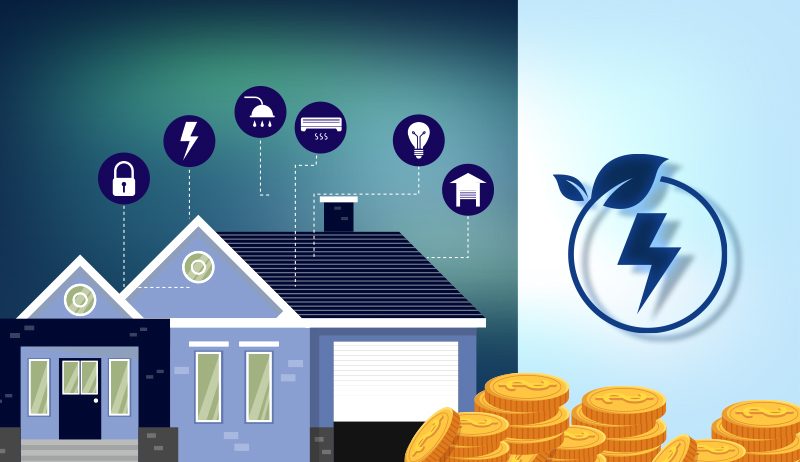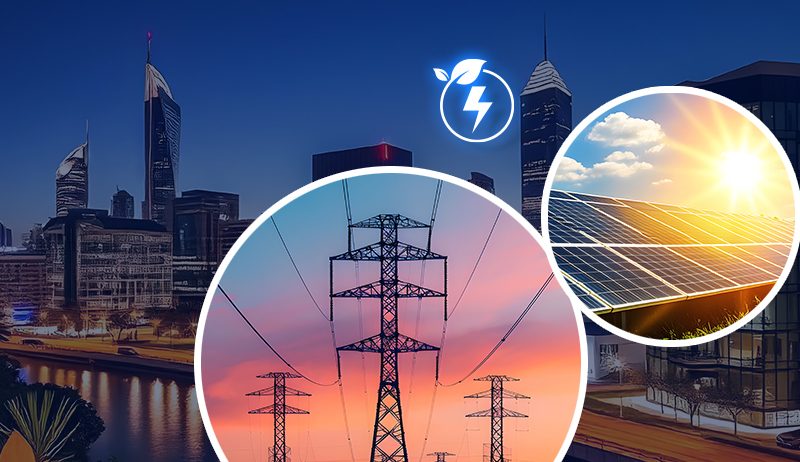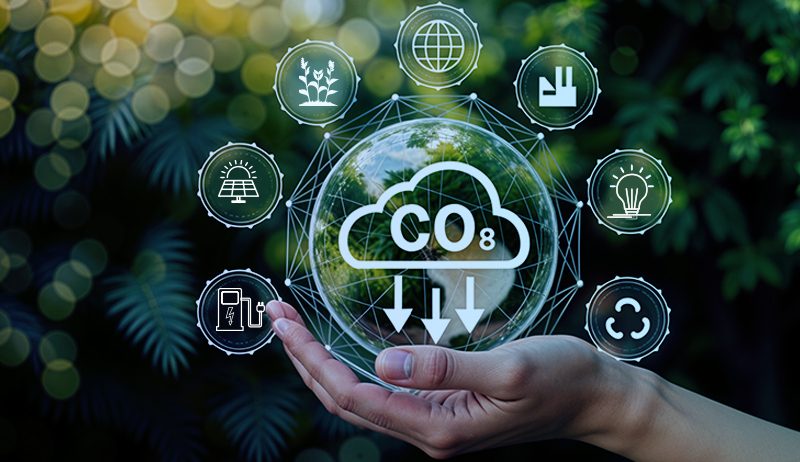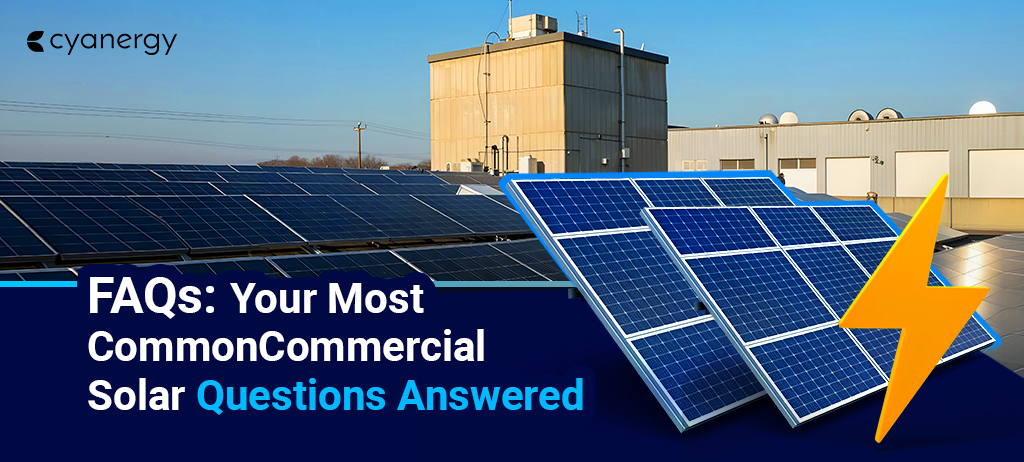Victoria’s bold decision to phase out gas connections in new homes from January 2024 is a response to the soaring energy prices, underlining the urgent need for action.
The situation’s urgency necessitates a swift transition to electric systems in all homes and businesses in Australia, underscoring the crucial role each of you plays in this process.
Before making the switch, it’s crucial to understand the challenges and opportunities of electrification thoroughly. As a resident, business owner, or policymaker, this knowledge will empower you to make informed decisions about going electric in Australia.
This blog aims to facilitate your transition to electric systems and help you contribute to achieving net-zero emissions. By embracing electrification, you can lower your carbon emissions, reduce energy costs, and support the growth of renewable energy in Australia.
Electrifying areas like transportation, heating, and industrial processes are becoming crucial as we work towards a sustainable future.
What is Electrification?
Electrification is switching from using fossil fuels, like gas or oil, to using electricity as the primary energy source for different needs. It can include powering homes, businesses, transportation, and industrial processes.
For example, you would use electric heaters or stoves instead of gas for heating or cooking. In transportation, electrification involves using electric vehicles instead of those running on petrol or diesel.
Electrification aims to reduce reliance on fossil fuels, which helps lower carbon emissions and supports a shift towards cleaner, renewable energy sources like solar, wind, or hydropower.
It’s crucial to combating climate change and promoting energy efficiency and sustainability.
Electrification in Australia
Electrification in Australia is the shift from using fossil fuels, such as coal, gas, and oil, to using electricity for powering homes, businesses, transportation, and various industrial processes.
This shift is part of Australia’s broader efforts to reduce carbon emissions, improve energy efficiency, and support the transition to a more sustainable and resilient energy system.
Areas of Electrification in Australia include:
Residential and Commercial Buildings:
Transportation:
Industry:
Renewable Energy Integration:
Future of Electrification, Australia

Switching from traditional energy sources to electricity in industries offers a big chance to attract new investments, such as renewable energy projects and advanced manufacturing technologies, and to boost Australian manufacturing for the future.
With its rich renewable resources, Australia has strong potential to lead in the fight against climate change.
Australia can move its economy towards a net-zero electric future by combining these resources with energy-efficient technologies. This shift needs to happen quickly and can offer many benefits.
Climate change has already caused severe flooding and wildfires in Australia. Therefore, changing how energy is used and reducing economic waste is essential.
Practical steps to save energy using new technologies will make more electricity available for other uses and help reduce emissions that cause extreme weather.
Digital transformation is critical to achieving net-zero emissions in the energy sector. Combining net-zero goals with advances in digital and industrial technologies and growing consumer awareness creates new opportunities in the energy market.
Australian energy providers plan to use digital business transformation as a key driver to reach net-zero goals.
Opportunities for Electrification in Australia
Lowering Carbon Emissions
Cost Savings and Economic Growth
Electric technologies like heat pumps and electric vehicles (EVs) are often more efficient than gas or oil, leading to lower energy usage and reduced bills for homes and businesses.
The move to electrification and renewables creates jobs in sectors such as EV manufacturing, solar panel installation, and electric infrastructure maintenance.
Better Energy Security and Independence
Electrification reduces the need for imported oil and gas, making Australia more self-sufficient and less affected by global fuel price changes.
Using electricity, especially with battery storage, can provide a more stable and reliable energy supply.
Advancing Technology| Smart Energy Systems

Electrification leads to smarter energy management systems, like smart grids, which can better balance energy supply and demand and increase the use of renewable energy.
Growth in electrification encourages the development of better electric products, such as more efficient appliances, advanced EVs, and new industrial equipment that uses less energy.
Health and Environmental Gains
Replacing fossil fuels with electricity, especially in transport and heating, can reduce air pollution, which can improve Australians’ health.
Electrification helps reduce the environmental impact of fossil fuel extraction, preserving Australia’s landscapes and wildlife.
Supporting the Growth of Renewable Energy
Electrification boosts electricity demand, driving investment in renewable energy projects, which speeds up the shift to a clean energy system.
It also creates opportunities for local energy initiatives, like community solar farms and shared battery storage, giving communities control over their energy needs.
Reducing Industry Emissions
Protecting Against Climate Risks
Electrification, along with renewable energy and energy storage, makes the energy system more resilient to disruptions from climate change, such as extreme weather events.
Electrification provides a path for Australia to meet its climate goals and build a more sustainable, strong, and healthy society.
Challenges of Electrification
Proper Storage:
Renewable energy sources like solar, wind, and hydropower are readily available but generate energy only under certain conditions—like when it’s sunny or windy or when there’s enough water.
The challenge is figuring out how to store the energy produced when these conditions are met so that it can be used when required.
Solar batteries are one option, but there are other methods, too. For example, excess renewable energy can be stored by pumping water into hydropower reservoirs to be used later to generate electricity or by heating fluids that can drive electric generators on demand.
Upgrading Power Grids:
Building Charging Infrastructure:
Renewable Energy Target (RET)
The Renewable Energy Target (RET) is an Australian government policy designed to increase the use of renewable energy, like wind, solar, and hydro, to generate electricity.
The main goal of the RET is to reduce greenhouse gas emissions, encourage the use of cleaner energy sources, and ensure that a certain percentage of Australia’s electricity comes from renewable sources.
Setting a Target:
The RET aims to generate a certain percentage of the country’s electricity from renewable sources by a particular year.
The target was initially set to achieve 33,000 gigawatt-hours (GWh) of renewable energy by 2020, and this goal was met. The program has since helped drive investment in new renewable energy projects.
Certificates and Incentives:
Under the RET, electricity retailers (companies that sell power to homes and businesses) must buy specific certificates from renewable energy producers.
These certificates are proof that renewable energy has been generated. The system incentivises companies to invest in renewable energy projects, such as building solar farms or wind turbines.
Large-Scale and Small-Scale Schemes:
Large-Scale Renewable Energy Target (LRET): Focuses on large projects like wind farms and solar power plants.
Small-Scale Renewable Energy Scheme (SRES): This scheme encourages households and small businesses to install rooftop solar panels and hot water systems. Homeowners can get rebates or credits for using these renewable technologies.
How Renewable Energy Target (RET) Supports Electrification in Australia

Promotes Renewable Electricity Supply:
By increasing the electricity generated from renewable sources, the RET makes it easier for homes, businesses, and industries to switch to electric systems without increasing carbon emissions.
It is important because the cleaner the electricity, the more effective electrification becomes in reducing overall emissions.
Lower Electricity Prices:
Encourages Innovation and Investment:
The RET creates a favourable environment for investment in renewable technologies.
This supports the growth of renewable energy projects and drives innovation in electric technologies, such as better batteries, more efficient electric appliances, and electric vehicles.
Boosts Energy Independence:
Helps Achieve Net-Zero Emissions:
Electrification combined with renewable energy is a crucial strategy for Australia to achieve its net-zero emissions targets. Using electric vehicles as home appliances is essential in this collective effort to lower overall emissions.
Contact Cyanergy for any electric products based on your needs. Get a free quote today!







